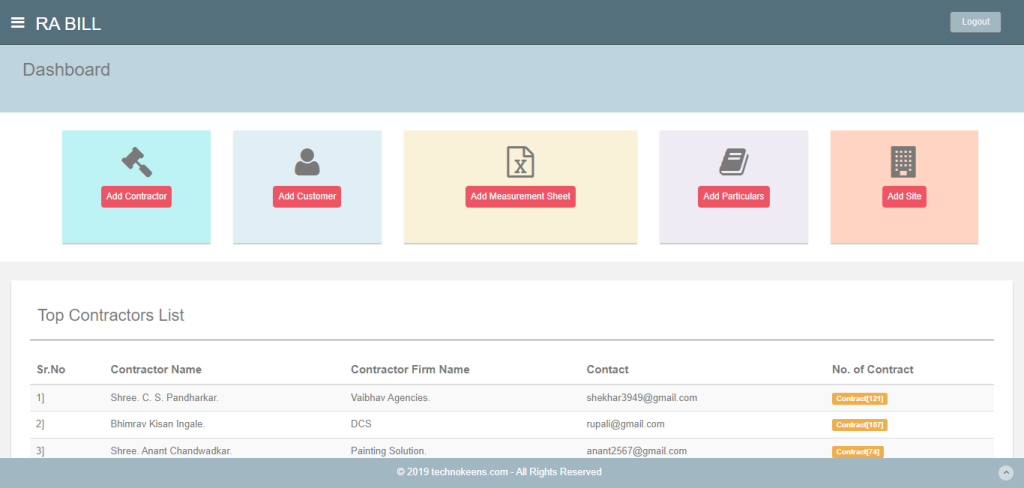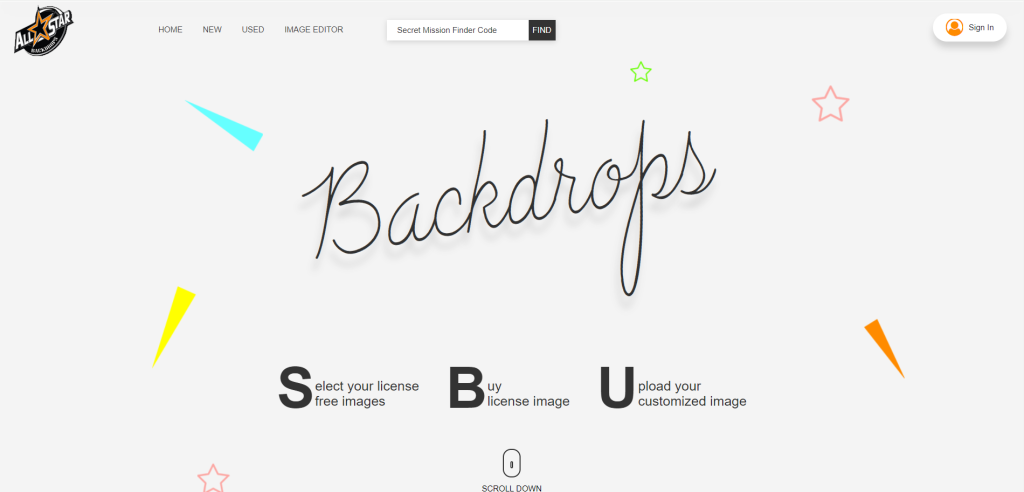Structuring The Problem
Technokeens: Optimizing Technological Solutions for Efficient Problem Structuring
In the ‘Structuring the Problem’ stage, the focus shifts to organizing and categorizing the information and issues identified in the previous stage. Here, the complexity of the problem is managed by breaking it down into smaller, more tangible elements. This process is akin to solving a complex jigsaw puzzle – where first, you sort out the edge pieces (major issues) and then group other pieces based on colors or patterns (related sub-issues).
Overview
A Comprehensive Overview of Innovative Solutions
The team collaboratively and methodically dissects the problem, carefully examining its various aspects and intricacies. They meticulously categorize these different aspects, analyzing how they intertwine and interact with one another. To aid in this process, the team often utilizes powerful tools like mind maps, flowcharts, or cause-and-effect diagrams, which visually depict the problem’s intricate structure. These visual representations serve as invaluable guides, allowing the team to identify and comprehend the intricate relationships between different components of the problem. Moreover, they can unveil underlying root causes that may have eluded initial observation. Throughout this phase, the team must strike a delicate balance between focusing on intricate details and maintaining an awareness of the bigger picture. While it is crucial to fully deconstruct and understand the problem by examining its smaller parts, it is equally important to keep sight of how these individual elements fit into the overall objective. Consequently, the outcome of this stage is a well-organized and structured representation of the problem, serving as a clear pathway for the team to begin formulating potential solutions.
With a comprehensive understanding of the problem, the team now shifts its focus towards generating potential solutions. This phase is characterized by a creative and exploratory mindset, as the team explores various avenues and possibilities. It is essential to foster an environment that encourages innovative thinking, where all team members are free to contribute their ideas without fear of judgment or criticism.
During this ideation phase, the team employs techniques such as brainstorming sessions, where ideas flow freely and are captured without evaluation. No idea is considered too outlandish or impractical at this stage, as even seemingly far-fetched ideas can spark new perspectives or lead to unexpected breakthroughs.
Once a multitude of ideas has been generated, the team proceeds to evaluate and refine them. This involves considering factors such as feasibility, effectiveness, and alignment with the desired outcomes. Some ideas may be discarded entirely, while others may be combined or modified to enhance their potential. The team engages in critical thinking, analyzing each solution’s pros and cons, taking into account any potential risks or limitations.
To aid in this evaluation process, the team may employ various decision-making tools, such as decision matrices or SWOT analyses. These tools provide a structured framework for objectively assessing each potential solution against predetermined criteria or objectives.
Industries

Iterative Analysis and Testing for Refining Promising Solutions
Once the team has narrowed down the options to a few promising solutions, further analysis and testing may be conducted. This can involve conducting small-scale experiments, simulations, or prototypes to assess the feasibility and effectiveness of each solution. Through this iterative process, the team progressively refines and hones their solutions until they are confident in their viability.
Impact
From Ideation to Action: Crafting Effective Solutions

Related Case Studies
Take a look at
these related case studies

Renovation System Pro
Introducing a comprehensive project management and financial solution for the renovation industry, designed to streamline resource management, predict uncertainties with AI-driven anomaly detection, and facilitate financing through credibility analysis and fintech collaboration, complemented by a simplified and transparent bidding platform for project and property owners

House Owner Management System
Explore the challenges faced by property owners like Mr. Johnson who juggle the complexities of managing a portfolio of rental properties, and society owners struggling with the demands of overseeing community operations, as they both seek efficient systems to streamline task management, communication, and organizational responsibilities.

E-Painter

E-Tender

ASBD All Star Backdrop

Student Management System

E-Commerce Grocery Store

Investment Advisory Service

Taxi Booking App

Estimate Generator And Management Portal
Government employees, specifically junior engineers, are responsible for creating and managing estimates in an Excel sheet. This process involves using specific formulas for calculations. However, due to the large amount of data and records, searching, deleting, and updating records is a lengthy and time-consuming task.

Student Management System

